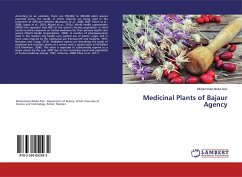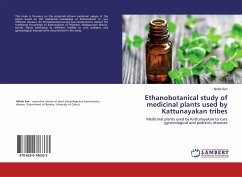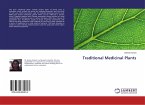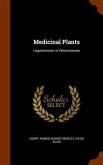According to an estimate, there are 350,000 to 400,000 plant species reported across the world, in which majority are being used in the treatment of different ailments (Bussmann et al., 2008, 2007; Paton et al., 2008; Joppa et al., 2010; Abbasi et al., 2010;). World health organization (WHO) has reported that 80% of the world's human population in third world countries depends on herbal medicines for their primary health care system (World Health Organization, 2003). A number of pharmaceuticals used in the modern day health care systems are of plants' origin and in most cases inspired by the traditional use (Farnsworth and Soejarto, 1991; Newman and Cragg, 2012). Published reports are describing the trade of medicinal and aromatic plants as a service with a global value of 60 billion US$ (Hamilton, 2006). This value is expected to substantially expend to a larger extent by the year 2050 due to the increasing trend and popularity of herbal medicines (Lange, 1997; Al-Quran, 2008; Khan et al., 2011).







